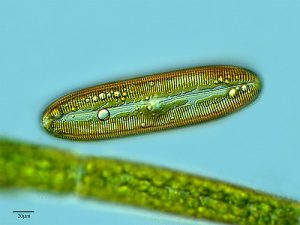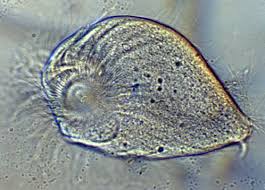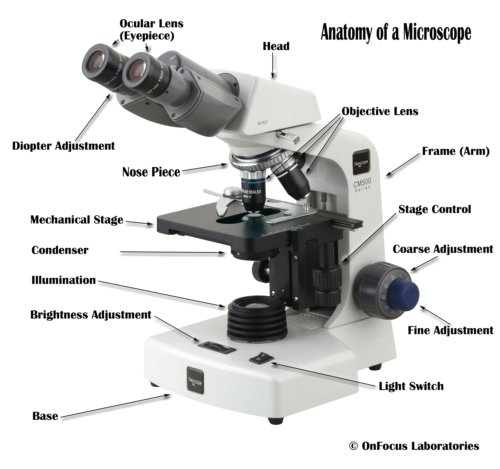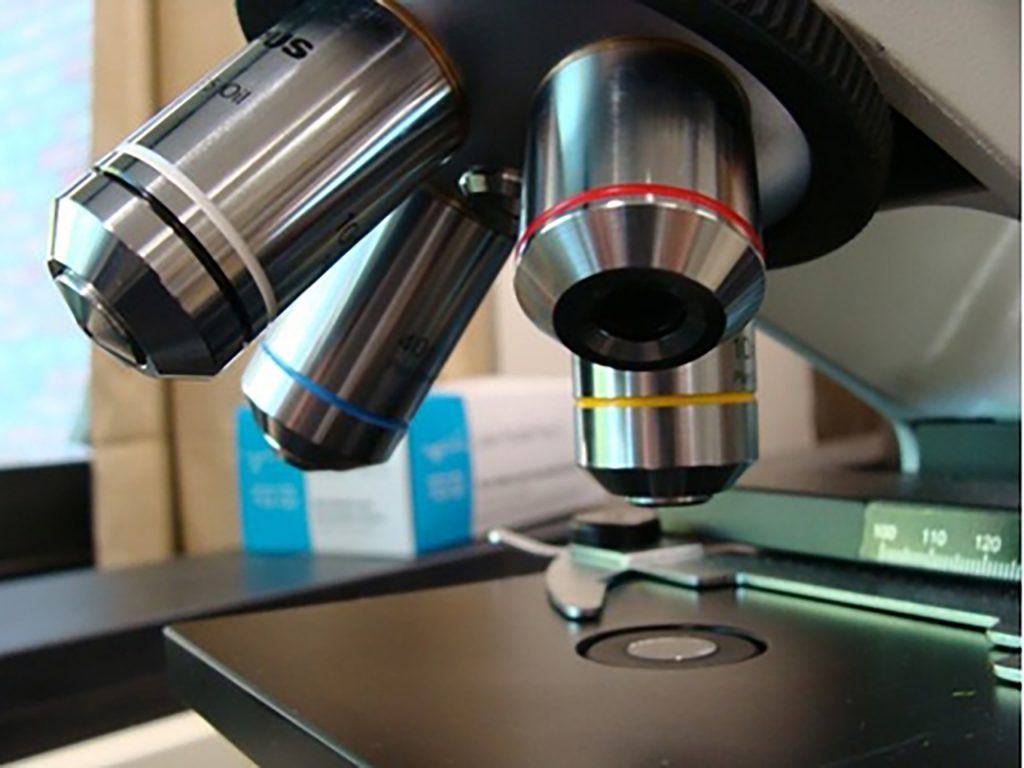Basic Laboratory Skills
Scroll below for In-Person Labs
General Lab Information – All lab units will be structured with Pre-Lab, In-Lab, and Post-Lab sections. You will work through some activities on your own before lab (Pre-Lab), other activities will be worked on as a group during your lab time (In-Lab), and there will generally be follow-up Post-Lab work. Be sure to check the Lab Schedule EACH WEEK before and after Lab. As you work through activities, you should answer all questions in your lab manual.
We plan to hold all our BIO 181 labs in person for the semester. If the University changes to ONLINE classes, your TA will contact you and the In-Lab portion of lab will be held as a Zoom lab session during your regularly scheduled lab section meeting time. Your TA may also hold office hours via Zoom (and/or in person). Please access the link below to set up the Zoom client on your computer. You will need to authenticate to be able to access the Zoom sessions. All of the instructions to get started and for authenticating are available at this site:
Getting Started with Zoom
Complete the following and submit on Moodle before you come to lab:
Introduction to Lab 1:
- Read the following: Getting Oriented (pp. vi-ix), Lab Unit 1 (pp. 1-10), and Appendix A (pp. 197-201) before coming to the first Lab Meeting.
- Fill out and sign the Safety Statement (p. ix).
Activity One: Basic Microscopy
- Complete Activity One: Basic Microscopy (p. 2-3)
- View the following video: Microscope Basic Set up and Use
- Use the Virtual Microscope
- Click the “Learn” button to review what you learned in the Microscope video
- Click the “Explore” button to examine various slides. Start with “sample slides” and then view other slides.
- Click the “Test” button to assess your knowledge.
Activity Two: Determining Total Magnification (p. 3)
- Follow the directions in the lab manual to complete Table 1-1 and include it in the pre-lab assignment.
Activity Three: Determining Field of View and Cell Size (p. 3-4)
- Review the directions for determining field of view in your lab manual.
- Preview the video: Measuring with the Microscope to understand what we will do together once we are in lab.
Activity Three: Determining Field of View and Cell Size (p. 3-4)
- Follow the COVID-19 Safety Precautions for Compound Microscope Use – see directions at each table.
- Review of compound microscope care and use.
- Once in lab, students will use their own compound microscope and the letter “e” or newsprint prepared slide to Calculate Field of View and learn how to estimate Cell Size at different magnifications.
- A Review of this method can be seen in the following video: Measuring with the Microscope
Updated Table 1-2. Field of view for each objective on the microscope.
| Total Magnification | Ratio = 40/Total Magnification | Calculated Field of View = (Ratio)(Observed field of view at 40X) mm |
Activity Four: Examining Live Specimens (p. 5-11). “Organism X”.
 .
. 
- You will need the knowledge/skills from Activities 1-3 (Pre-Lab) to effectively participate in Activity 4. Your TA will assign your table a particular Protist to investigate as Organism X.
- Read the introduction to Activity 4. Each student will make their own slide of their assigned “Organism X”.
- In step #3 you should draw and record observations about the organism (p. 7). Observations are statements determined by using any one of a person’s five senses (empirical reasoning). It is typically the first step in the Scientific Method and can lead to hypotheses.
- Record your individual observations,
- Label all notes and drawings with date, time, and place.
- Record all results as you observe/collect them; don’t rely on memory.
- Make sure to record what you SEE, not what you THINK should be there.
- Detail is key, pay attention to even the smallest things.
- Once each group member has recorded their OWN observations, you will compare your observations with other students in your group. As a group, you will need to write a more comprehensive description of your organism (Table 1-3, page 9) that will be used by another group for making an identification of Organism X. These group observations cannot include any pictures or diagrams.
- Another group will use your written description to identify the organism based solely on your written information (no sketches or pictures) and a set of microscope images of many possible protist species provided by your TA.
- If the other group cannot correctly identify your organism based on your group description, you will need to revise (edit) your descriptions until the correct organism is identified.
- Groups should be prepared to defend the identification choice of the unknown organism.
- Thoughtful and precise scientific communication is key to this activity and to all your laboratory work this semester. It is also vital to the peer review process – be it for class work or for publishing scientific literature.
Complete the Post_Lab assignment and turn this in on Moodle by the usual due date – 48 hours after the start of your regular lab day/time.
The Compound Light Microscope

Microscopy:
- Care and Use of Microscopes – See Appendix A in your Lab Manual
- Video on How to Use a Compound Microscope
- Basic Concepts of Microscopy
- Measuring with the Microscope – how to determine the field of view and cell size
- Exploring Magnification: Power of Ten video – from 10 million light years away from the Milky Way down to 100 attometers!
- Virtual Microscope
